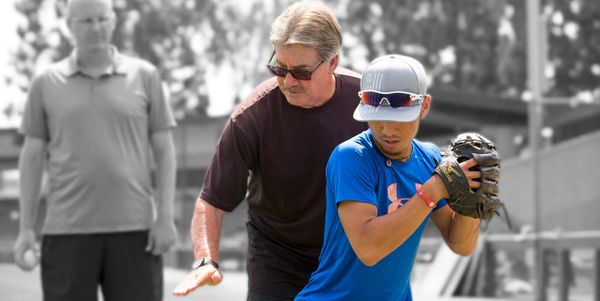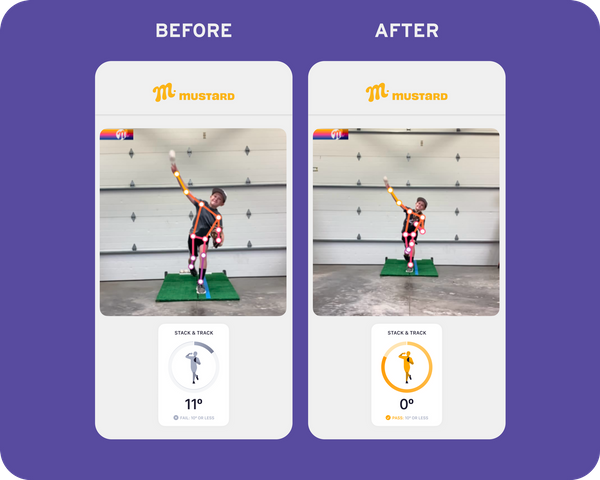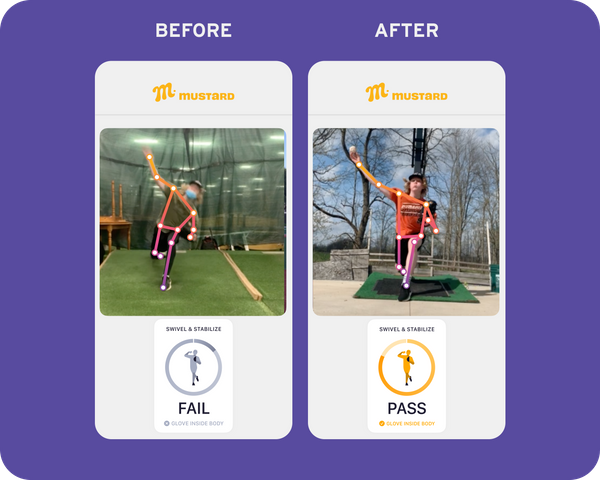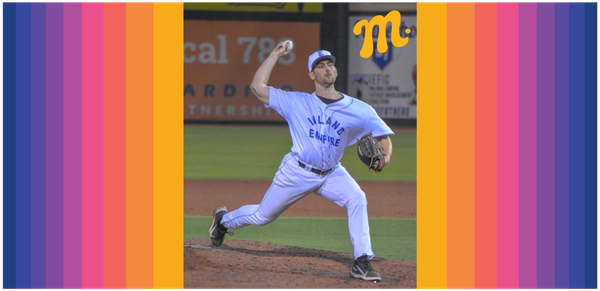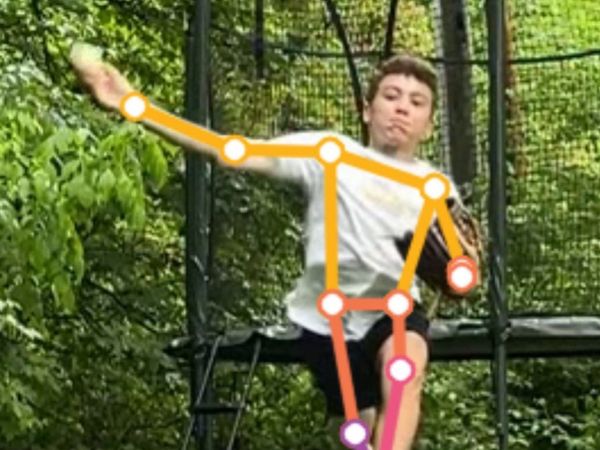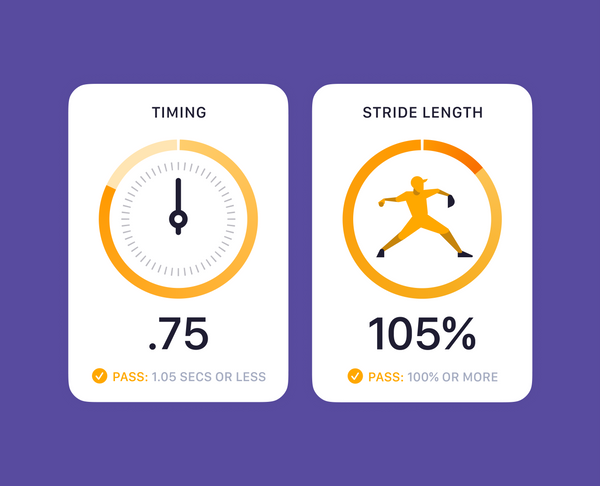During the pitching delivery, a pitcher’s total body needs to get to the right place at the right time with the right sequence of movements. The Mustard app looks at all the biomechanical variables of the pitching delivery in a way that is much more accurate than the eyes could ever be.

